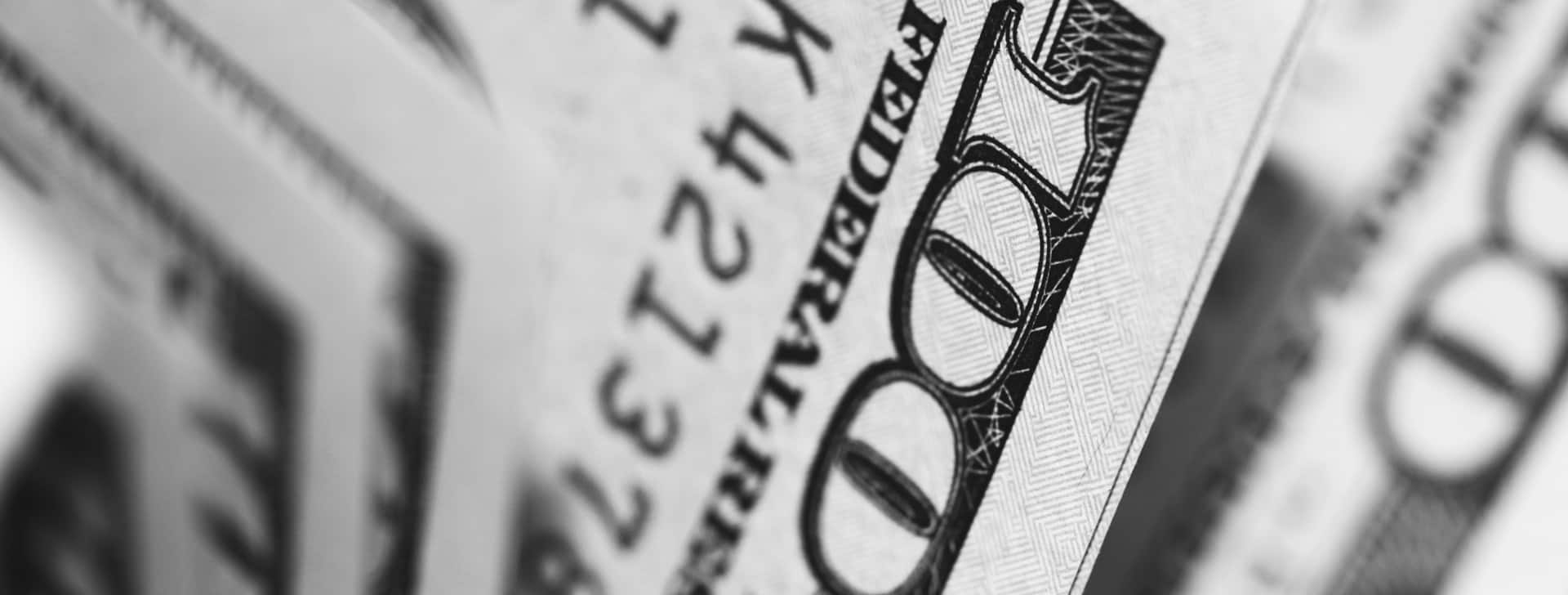Over a series of articles and webcasts on pricing I’ve been exploring ways in which you can increase the amount you charge for your expertise. It all begs the question, though: is there such thing as charging too much?
Put another way, should you be pursuing as much as you can get from your clients or should you be driven by the idea of a “fair” price? Many economists would say that any price paid is by definition a fair price otherwise the buyer wouldn’t pay it. They’re wrong.
Pricing guru Reed Holden says it best.
“It’s not the price you charge, it’s how people feel about the price they have to pay.”
They need to feel the price is fair and this concept of fairness is even more personal and subjective than the concept of value because a lot of the value in a business transaction is economic and easily quantifiable, whereas fairness is nothing but a feeling – the purchaser’s feeling that the transaction and price paid were positive enough that they would gladly do it again.
There’s a lot that goes into those feelings and they aren’t present in every transaction. They’re certain to be absent in the person handing over a suitcase of cash to a kidnapper in exchange for the return of a bound and gagged loved one. Would the purchaser do the transaction again? A million times yes, but it’s a transaction cloaked in fear, resentment and anger. Any price above zero wouldn’t be seen as fair.
While ransom, extortion and protection money are all at the extreme ends of unfair prices paid there are lots of more routine transactions that are seen as less than fair. Uber’s surge pricing during busy periods is entirely “fair” and rational – it’s a logical way to increase supply at times of high demand – but that doesn’t stop some people from feeling like they’re being taken advantage of.
You might quote a significant premium to a client who needs something sooner than you can comfortably deliver it and you might think the price fair, but the client might resent you even as he pays it. Like Uber, your problem is less in the price paid than it is in the communication. That’s the good news – better communicators can charge more and keep their clients coming back.
How Much is Too Much?
It would be ridiculous to run your business without some basic benchmarks and ratios but you don’t want to be limited by such numbers, either. In any practice of expertise, whether you’re tracking time or not, there are profit margin targets. Firms that track and sell time generally see firm-wide earnings of 20% as the threshold of respectability and 30% as a more ambitious, enticing goal but one that is still fair.
While these benchmarks can be helpful, they can also serve to limit our profit potential by clustering our own ideas of fairness around them. We might see anything less than 20% margin on a job as unfair to us and more than 40% as unfair to the client. Of course, both ideas are ridiculous.
The most profitable engagement I can recall from my consulting days was one where I priced a small engagement to the desired result, quoting $3,500. The client paid and I had the result in 20 minutes, somewhat unexpectedly, I’ll admit. The client was thrilled to get his outcome sooner than anticipated and I was thrilled to be done the engagement so soon. Neither of us felt that an engagement that translated to an hourly rate of more than $10,000 was unfair. He thanked me. I thanked him. And we both meant it.
The Weird Double Thank-You
Your pricing goal, as Holden implies, is to create as much value for your client as you can, communicate it to the client, and then capture as much of that value for yourself while still creating that double thank-you – the moment when you conclude the transaction and each party offers a genuine thank-you to the other. As television journalist John Stossel says, “There’s a wealth of economics wisdom in the weird double thank-you moment.” One piece of wisdom therein is the idea of fairness. My client and I both meant our thank-you’s. That’s the high water mark you need to get to if you want your clients to keep coming back.
Keep Talking
The Win Without Pitching Rule of Money is this: those who don’t talk about it don’t make it. Talking about money, prices and value is vital to increasing the amount of value you capture for yourself in higher fees.
Keep the conversation focused on the value being created. Any time the conversation comes back to price, refocus onto objectives. “I understand this is a significant investment. Our goal is to help you (achieve your previously-stated objective). I’m sure you’ll agree that’s a positive return, well worth the investment.”
If you’re justifying a premium for a rush job, be sure to have a lower priced option that doesn’t allow the client to meet the tight timelines to serve as a regular price option for comparison.
Regardless of how you’re pricing, keep talking. It’s not the price, it’s the feelings about the price and you can impact those feelings significantly by keeping communication lines open, being empathic and keeping the client focused on the value being created.
